
Palazzo di Giustizia Palazzi, Giustizia, Palermo
Il primo Palazzo di Giustizia è un grande edificio in stile razionalista, a pianta rettangolare e rivestito in travertino, progettato in periodo fascista (1938) ma ultimato negli anni '50. Dal punto di vista turistico non vi sono elementi artistici o architettonici di particolare interesse (senza tener conto che, essendo tuttora in uso, è.

Palazzo Di Giustizia (Palazzo Di Giustizia) Roma Fotografia Stock Immagine di nube, vecchio
The Palazzo di Giustizia - with the Chamber of Labour (1930-1933) - inaugurates a sequence to the east that goes on to the Palazzo degli Uffici Comunali (1925-1927) and the INPS Palace in Piazza Missori (1929-1931) - Piacentini's earliest work. He is an interesting benchmark for understanding the evolution, or rather the variety of the.
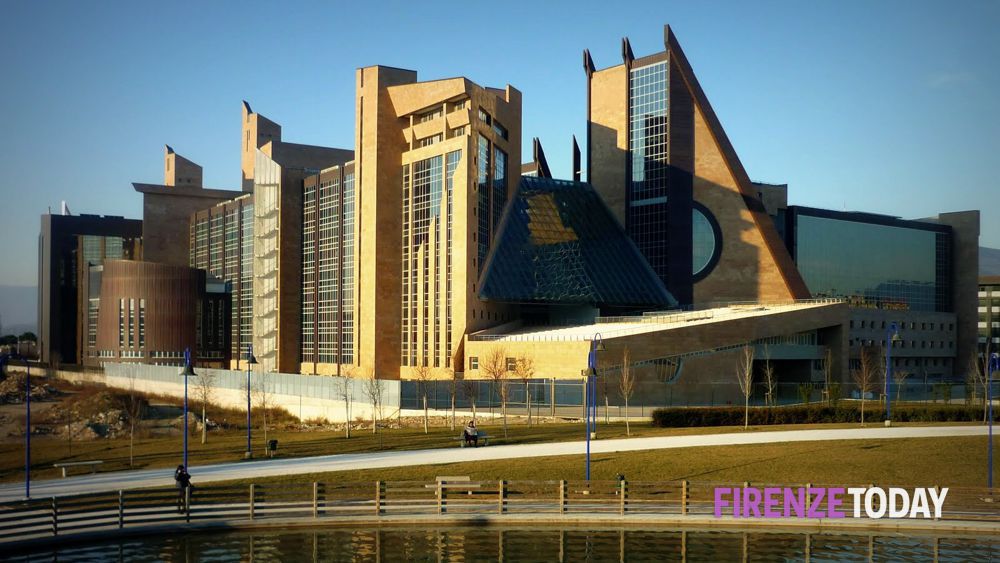
Il Palazzo di Giustizia di Firenze o capolavoro?
Fontana. Piacentini, incaricato dal podestà di Milano di progettare il nuovo Palazzo di Giustizia, colse l'occasione per realizzare quello che avrebbe dovuto essere il più grande esempio di architettura ideata secondo l'idea di unità delle arti. Egli aveva già affrontato questa tematica in altri progetti come il Palazzo di Giustizia di.
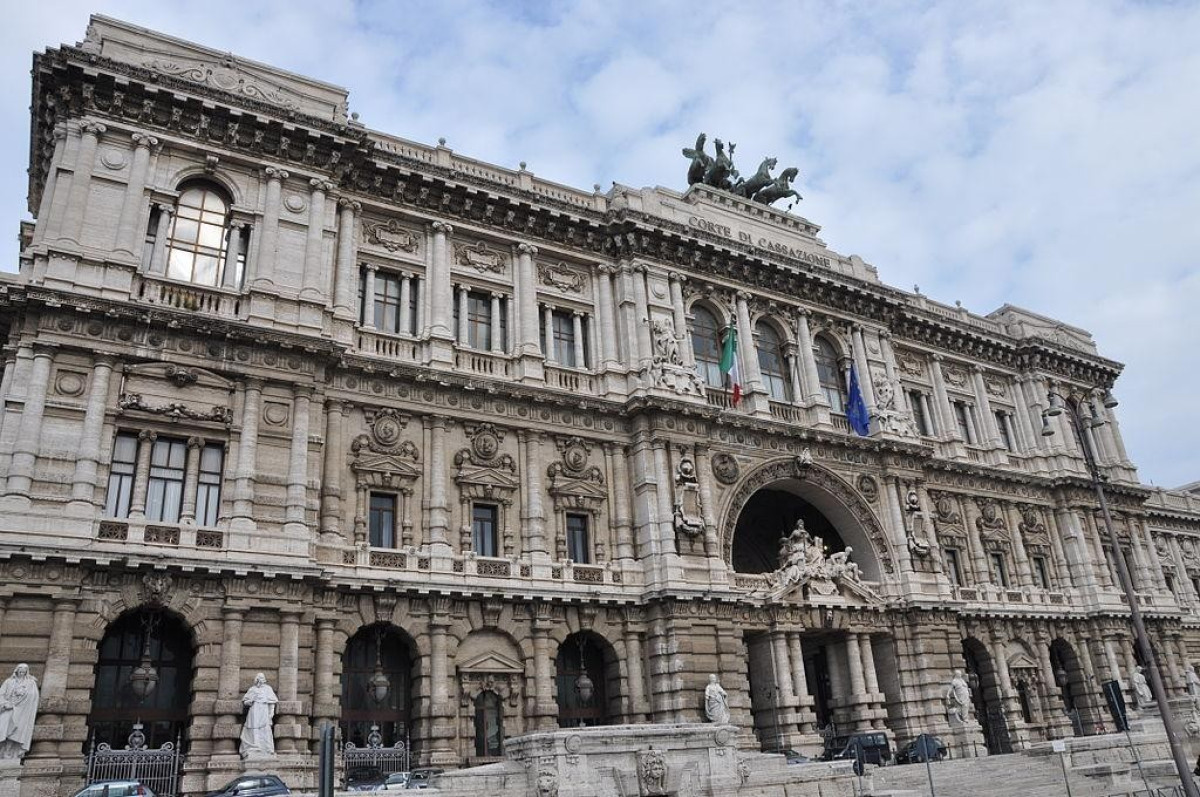
Palazzo di Giustizia (Roma) ViaggiArt
Il Palazzo di Giustizia è un edificio giudiziario di Roma che si trova in piazza Cavour, nel rione Prati.. Dopo essere stato per mezzo secolo sede del tribunale di Roma, esso è attualmente sede della Corte suprema di cassazione e del Consiglio dell'Ordine degli avvocati di Roma, oltre a ospitare la Biblioteca centrale giuridica; è costeggiato da via Triboniano e via Ulpiano sui due lati.

Rzym Fasada Pałac Sprawiedliwość Palazzo Di Giustizia Fotografia Editorial Obraz złożonej
Il primo Palazzo di Giustizia è un grande edificio in stile razionalista, a pianta rettangolare e rivestito in travertino, progettato in periodo fascista (1938) ma ultimato negli anni '50. Dal punto di vista turistico non vi sono elementi artistici o architettonici di particolare interesse (senza tener conto che, essendo tuttora in uso, è.
Rule of Law Palazzo di Giustizia (Palace of Justice), Rome, Italy
Palazzo di Giustizia is a huge structure measuring 167 metres x 155 metres, with and incredibly ornate façade, topped with the 1926 bronze quadriga, sculpted by Ettore Ximenes. The building was built over unstable land and suffered heavy cracking for decades, with the additional problem of subsidence. By 1970 the structure was deemed unsafe.
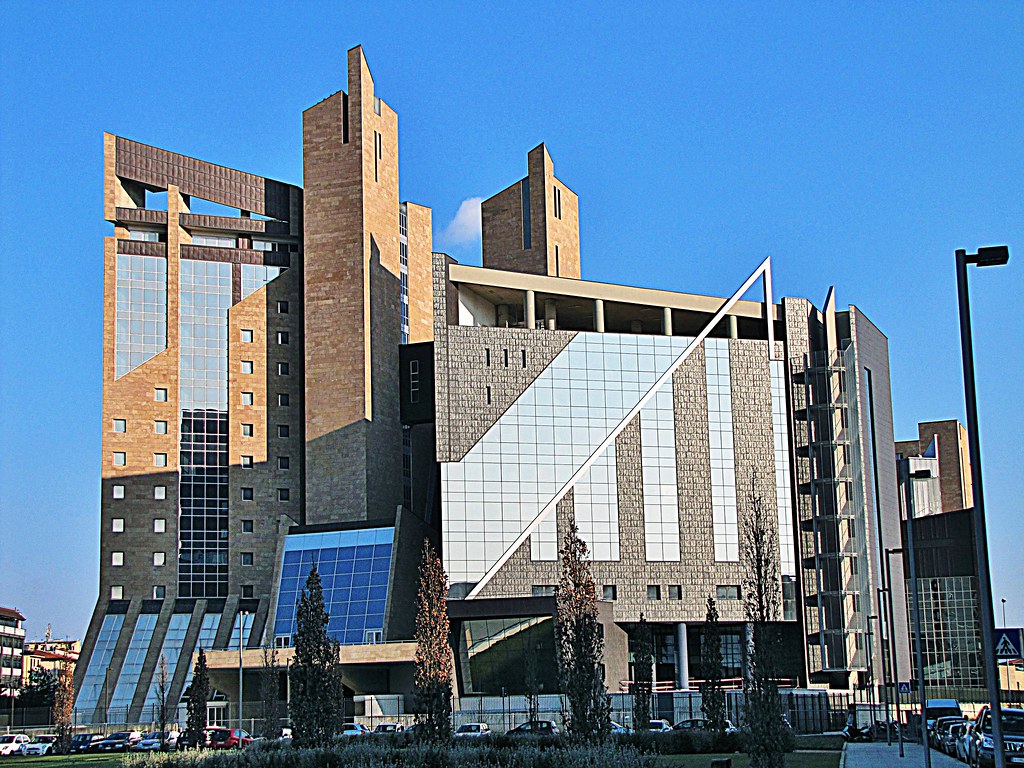
Firenze Nuovo Palazzo di Giustizia Florence new Courthou… Flickr
Come accennato, il Palazzo di Giustizia si trova nel rione Prati, alle spalle di Piazza Cavour e di fronte al fiume Tevere.Prati non è un quartiere dalla particolare vocazione turistica, ma i.
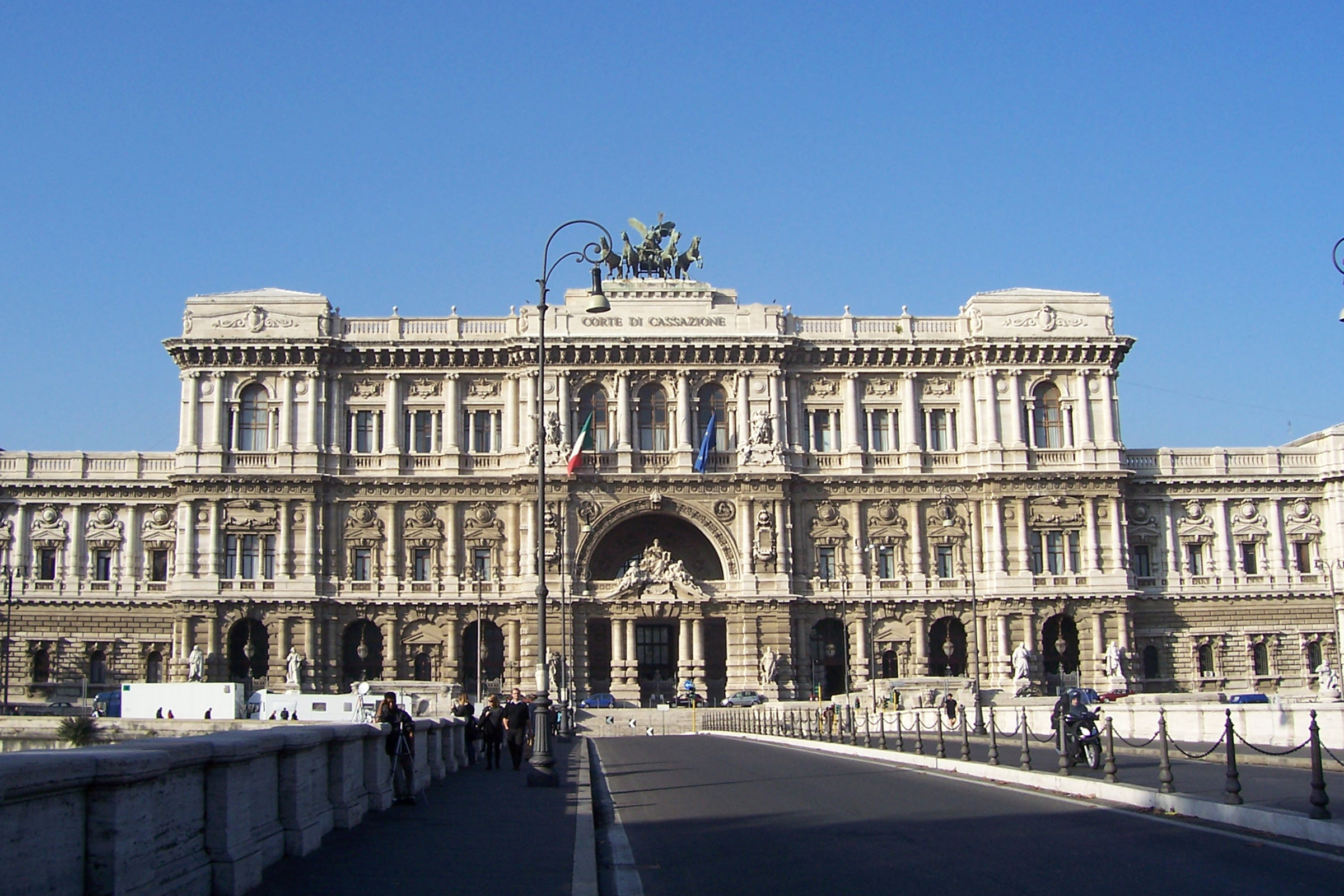
FilePalazzo di Giustizia a Roma 102 2049.jpg Wikipedia
Media in category "Palazzo di Giustizia (Rome)" The following 147 files are in this category, out of 147 total. 'Palazzo dei Tribunali' Rome (6353750687).jpg 1,024 × 680; 850 KB. 0 Palazzo di Giustizia - Tribunale di Sorveglianza - Rome.JPG 3,888 × 2,592; 7.88 MB. 002PalazzoGiustiziaRoma.JPG 800 × 600; 177 KB.
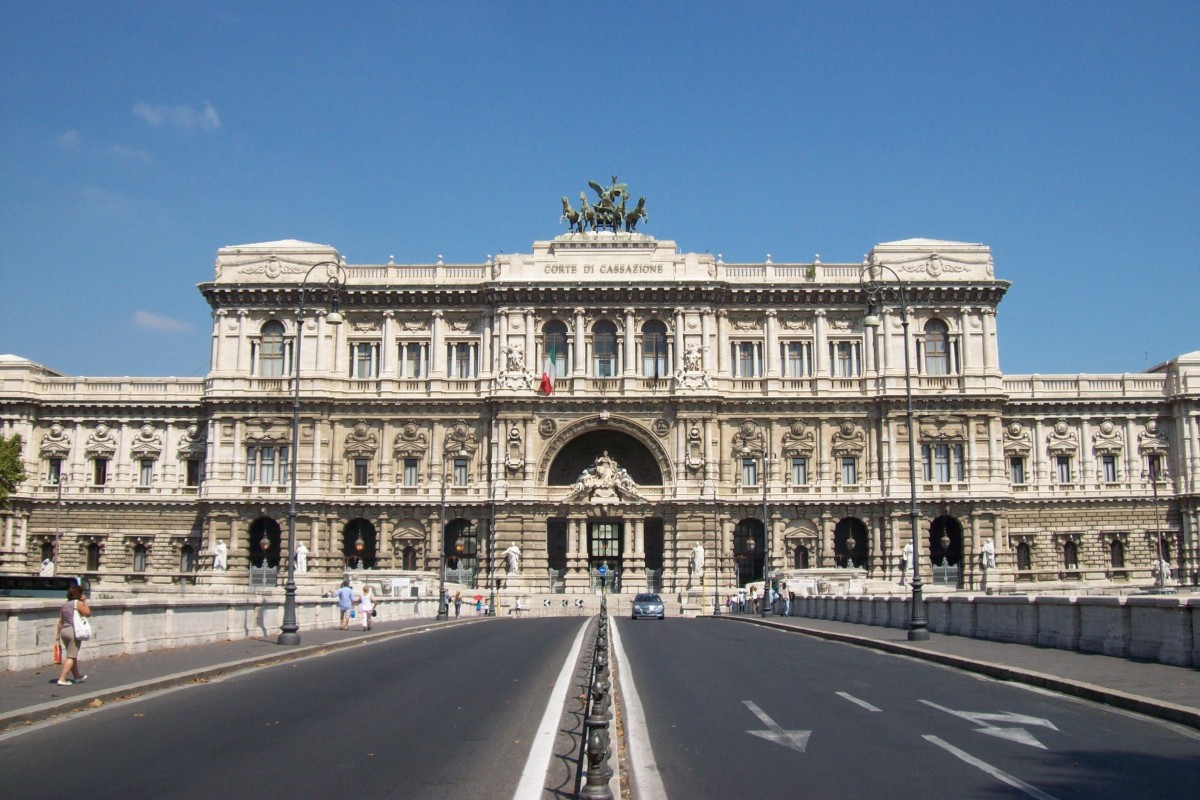
Palazzo di giustizia
The Palace of Justice ( Italian: Palazzo di Giustizia ), colloquially nicknamed il Palazzaccio ('the Bad/Ugly Palace'), is the seat of the Supreme Court of Cassation and the Judicial Public Library of Italy. It is located in the Prati district of Rome, facing Piazza dei Tribunali, Via Triboniano, Piazza Cavour, and Via Ulpiano . History.
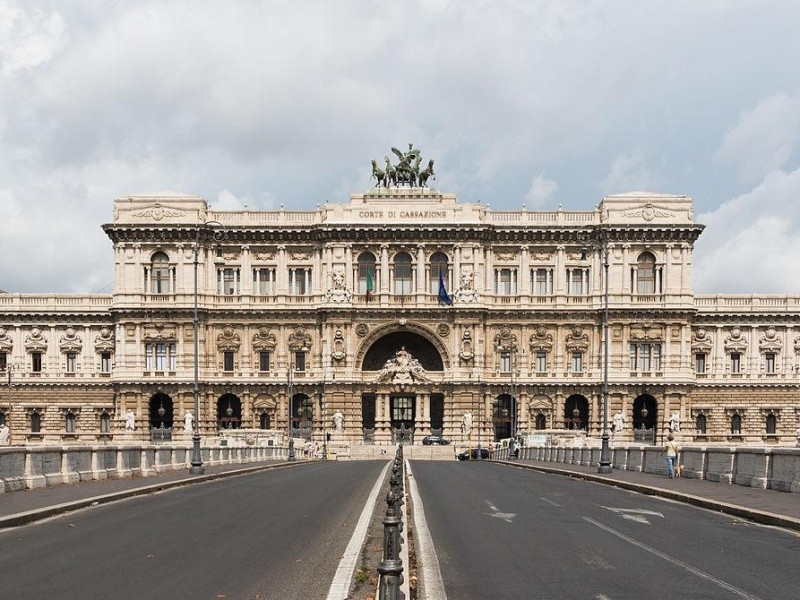
Palazzo di Giustizia (Roma) ViaggiArt
Florence Courthouse. The Florence Courthouse (Italian: Palazzo di Giustizia, lit. 'Palace of Justice') is a large 21st-century complex on the Viale Guidoni in the Novoli quarter of Florence, Tuscany, Italy. Situated near the entry of the A11 highway and the Florence Airport, it is Italy's second biggest tribunal building after that of Turin..

Mattinate FAI d'Inverno, dal 25 svelati i misteri del Palazzo di Giustizia TRIESTE.news
The building was opened in 1910, lacking the bronze quadriga by Ettore Ximenes, which was finally completed in 1917. n 1882 Calderini began his lengthy association with the Palazzo di Giustizia, Rome, which started with a highly publicized, two-stage competition, continued with the complicated construction supervision (1888-1897), and concluded with the legal resolution of difficulties.

Palazzo di Giustizia in Roma Italy, Rome, Europe travel
Firenze Nuovo Palazzo Di Giustizia We've Got You Covered Anytime, Anywhere. Other Guests Like the Breakfast.
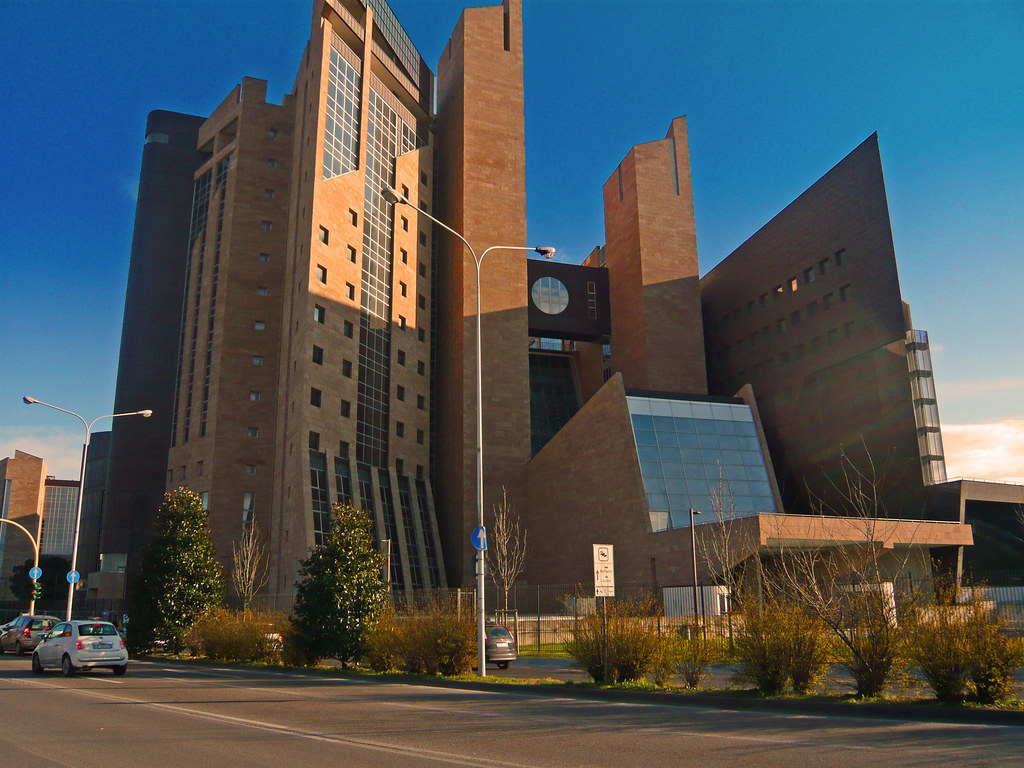
Firenze, nuovo palazzo di giustizia a Novoli DP1141ITFIR… Flickr
Palazzo di Giustizia. Sede della Corte suprema di Cassazione e del Consiglio dell'Ordine degli avvocati di Roma, il Palazzo di Giustizia è anche conosciuto come Palazzaccio, soprannome datogli dai romani proprio per la sua mole. Costruito tra il 1889 e il 1911 dall' architetto Guglielmo Calderini, fu una delle opere monumentali realizzate.
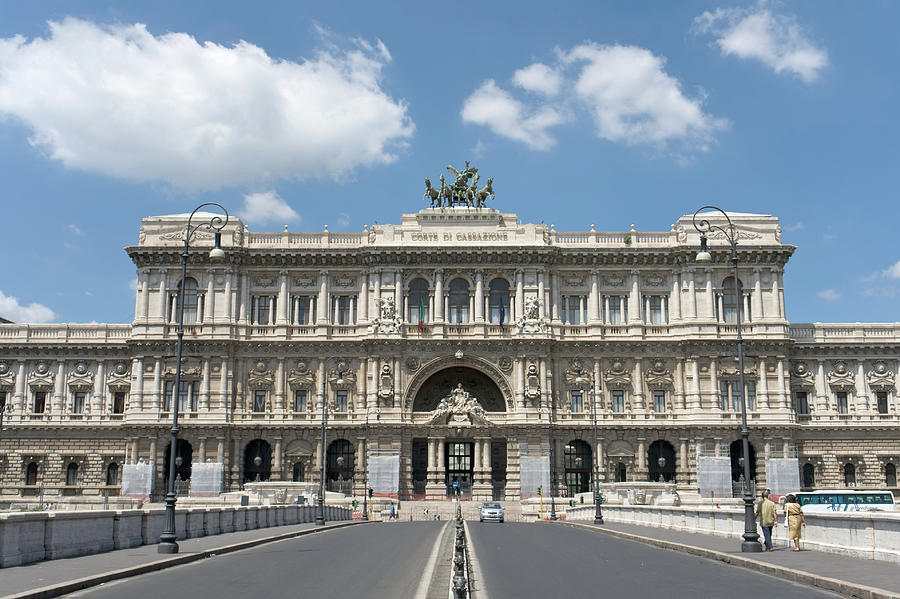
Palazzo di Giustizia Photograph by Fabrizio Ruggeri Fine Art America
Palazzo di Giustizia is the seat of the Supreme Court of Cassation of Italy, located in Piazza Cavour, in Rome.The palace is commonly called the Palazzaccio (Bad Palace), due to its unusual dimensions, excessive decorations and laborious construction, which led, at the beginning of the 20th century, to the suspicion of corruption.. SHORT HISTORY. The palace, one of the major works created.
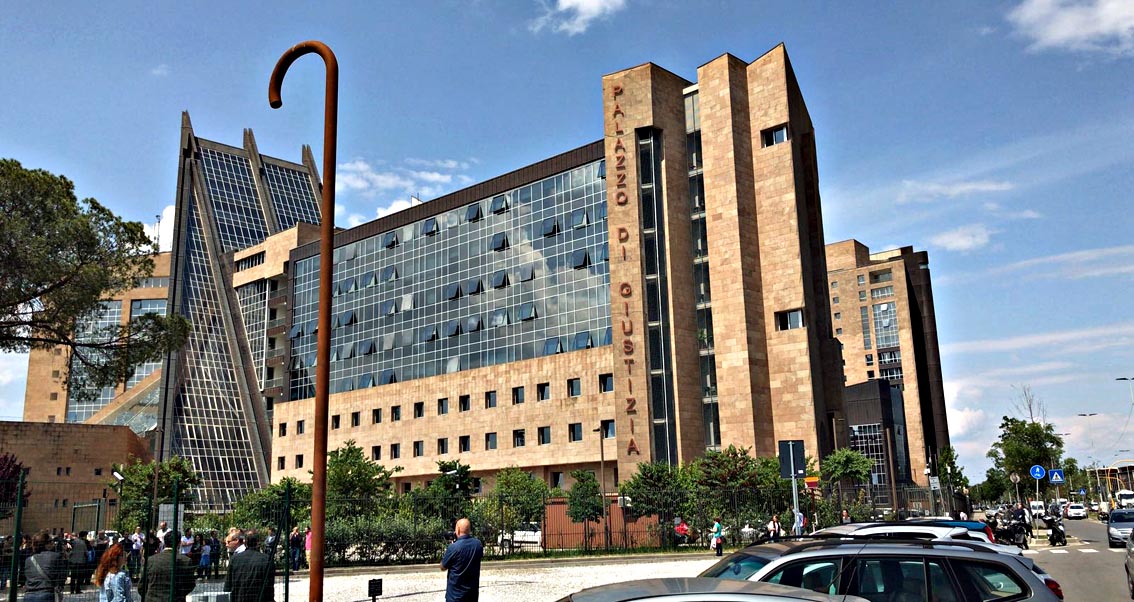
Inaugurate opere d’arte al Palazzo di Giustizia www.controradio.it
ORDINARY JUSTICE. by Chiara Bellosi. synopsis. Two girls wait in front of a closed courtroom door. There's playful, headstrong Luce, who's still little and insecure and there's dismissive Domenica, who's almost grown-up. Inside, their fathers are seated on opposite sides of the courtroom. The trial is complicated - was it manslaughter.
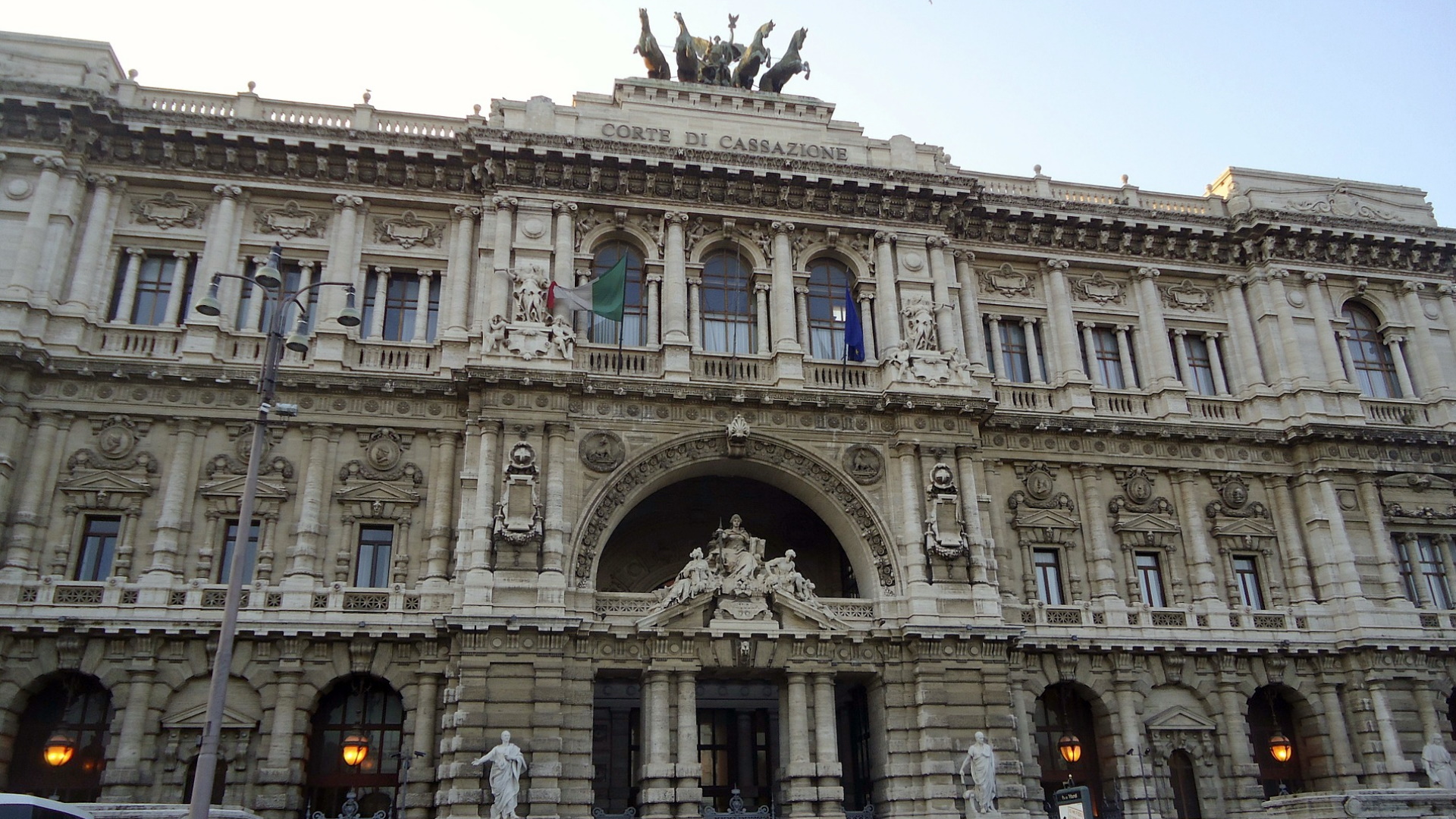
Palazzo di Giustizia Turismo Roma
The Palazzo di Giustizia (Palace of Justice), the seat of Italy's supreme court, was designed by the Roman architect Guglielmo Calderini (1837-1916) and built between 1888 and 1910. The huge palazzo, which is known locally as the Palazzaccio (Bad/ugly Palace), is considered one of the grandest of the new buildings that rose up in the years following the proclamation (on February 3rd, 1871) of.